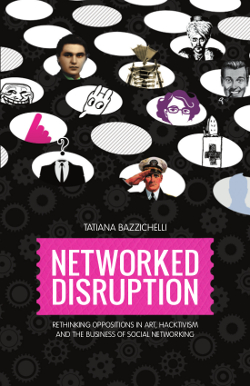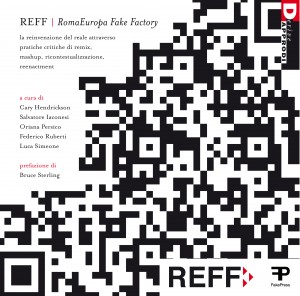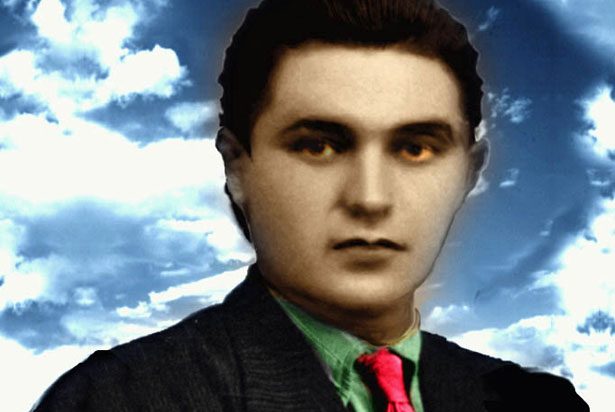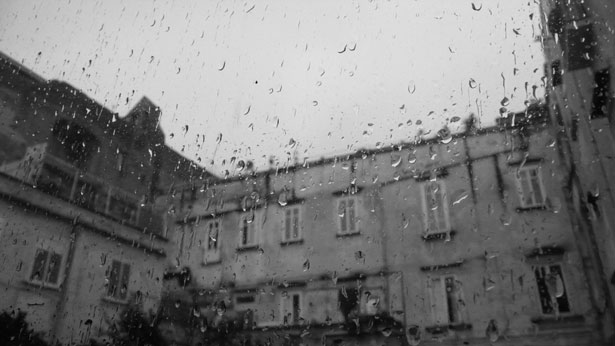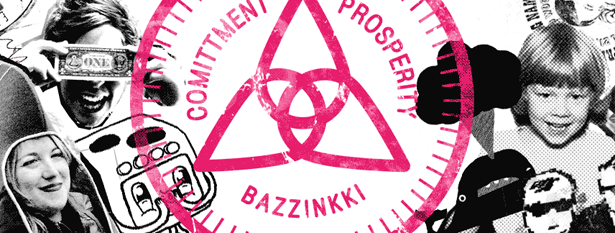
Media Ghosts Between Conspiracy, Pranks and Myth
Talk at the Emotion, Media and Crime Conference
September 29 – October 1, 2010, Aarhus University
The aim of the conference Emotions, Media and Crime in Aarhus is to highlight the relationship between emotion, media and crime in contemporary culture.
“Crime is the central point of an extensive production of fiction in books, films, TV series, and games. Crime is also a popular subject of journalism, mediated in newspapers and electronic media, not least the internet. Import and export flourish, developing intercultural exchange in a variety of fiction genres as well as forms of journalism. In short, national and transnational mediation – and mediatization ? of crime has been a crucial factor in determining how crime is perceived and discussed within the public sphere. Popular crime fiction, TV series and crime scenes have even become concepts in tourism and destination branding”.
My proposal reflects on the activity of a series of media artists and activists in Italy who created fictional myths, conspiracies and mythopoiesis – between urban legends and alleged crimes – in the middle of the 1990s. It addresses the creation of media ghosts and conspiracy theories as a form of art, where tactical and strategic use of media aims to underline sensitive nodes of social and political reflection (Wu Ming, 2006). Through the analysis of some pranks, conspiracies and artistic interventions, I will describe the process of creation of fictional identities as a challenge for cultural criticism. The method will be comparative, based on the ethnographic investigation of a few cases. First, I will address the pranks by the Luther Blissett Project (1994-1999).

Hacking (Sex) 3.0. On Networked Sexualities and Open Porn
Tech-Talk Tuesday at Open Space Aarhus, September 7, 19.00.-22.00.
After the talk I got interviewed for the Danish IT newspaper Comon.
Published as: “Hackere skaber ny form for porno” > read more here.
What is the connection between hacking and pornography? If we consider the hacker and activist backgrounds of the Italian and Spanish underground culture of the past thirty years, the hacktivist attitude is very often connected with the radical-punk idea of self-management, DIY and independent production. But the idea of creating networks of relations among individuals and collective experiences where subversive use of technology is connected to radical politics is not just limited to the creative use of computers and technology. Sex might also be seen as a working field of hacker experimentation and a context in which to express the DIY punk approach.
While hacktivism is the direct political and social action online, pornography becomes the direct political and social action on one’s own body (outside and within the network). Some experiences in the European queer and activist culture showed how to transfer this experimental hacker and DIY attitude from technology to the body and to the broader concept of sexuality. Experiences where the DIY-structure of the punk scene, and the hacker ideas of sharing, openness, decentralization, free access to information, and the hands-on imperative (Levy, 1984) became a challenge to create a different kind of pornography. Some video materials from the CUM2CUT Festival (Berlin, 2006-2007) will be shown.
Read more on my paper: On Hacktivist Pornography and Networked Porn, essay in the Arse Elektronika Catalogue, edited by Monochrom (AT), Re/Search Publications, San Francisco, USA, upcoming October 2010 + PDF.

Operation Bazzinkki – 26.06.10
www.bazzinkki.org
“The point is not good art — fulfillment in fantasy — but a new mode of life which allows fulfillment in actual life.
Sensibility which is not supported by the mode of life is mere escape”.
Henry Flint
Operation Bazzinkki by Monica Assari
Operation Bazzinkki by Giacomo Verde
Operation Bazzinkki by Petter Karlsson
 Tatiana Bazzichelli – Networking Art
Tatiana Bazzichelli – Networking Art